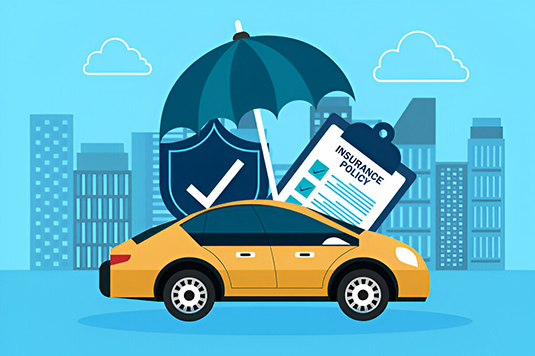Seasonal changes are important for maintaining the level of your vehicle’s performance and keeping it safe on the road. And the appearance of various changes of seasons always means specific problems that should be faced properly. In this article, you can get recommendations about the ways of preparing your vehicle for seasonal changes. In this writing, special attention will be paid to the seasonal winter and summer preparation of your vehicle.
Preparing for Winter
1. Checking the Battery
In the winter season, cold causes a low battery. Check for a good battery and replace it if necessary. Before going for driving, needs to test a battery for a charge by using a voltmeter and check for swelling, cracking, leaking and pitting on the terminals and cables, for preventing no starting condition.
2. Inspecting the Tires
For safety and control on icy or snow-packed thoroughfares, tyres should provide plenty of tread depth, and they should be inflated to the proper pressures. Have their pressure checked routinely. If you can, swap out your summer tyres and fit winter ones.
3. Changing to Winter Fluids
Use winter-grade windshield washer fluid and make sure your antifreeze levels are high enough to prevent freezing. Check your oil type – there are some oils that perform better in cold temperatures.
4. Testing the Heater and Defroster
During the winter months, make sure that your car’s heater and defroster are in good working condition so that you’re comfortable and can see clearly.
5. Preparing an Emergency Kit
Make sure your car is stocked with the usual emergency staples such as blankets, flashlights, non-perishable foods and first aid. It could come in handy in the event of sudden winter conditions or break-downs.
Preparing for Summer
1. Checking the Air Conditioning
Make sure that your air conditioning system is on par and works properly to keep you comfortable during hot weather. Determine if or where cooling performance is impaired and have the system serviced.
2. Inspecting Coolant Levels
Hot conditions increase the chance of the engine overheating; check the coolant levels and top up if necessary. Inspect the radiator and hose regularly for leaks.
3. Monitoring Tire Condition
under hot weather, air will expand and tire pressure will rise. This will lead to the decrease of suitable size and terms,in addition,this may cause more hurt the inner tires. Thus, we advise you to check tire pressure every now and than,and look for worn tire as well. Fill air properly,it can gain your safety and also save fuel for you.
4. Checking Wiper Blades
Make sure your wiper blades are in good condition and replace them, if needed. Good wiper blades are particularly helpful for safe summer driving.
5. Ensuring Proper Fluid Levels
Check and add other fluids such as brake fluid, power steering fluid and transmission fluid to manufactures’ specs.
Conclusion
When it comes to driving, seasonal changes bring their own challenges and unique requirements to keep you safe, your vehicle performing at its best, and your driving as comfortable as possible. Paying attention to your battery, tyres, fluids and climate control systems will help you prepare your vehicle for every season of the year and avoid problems. Without proper seasonal preparation, you’ll be more likely to encounter issues. Seasonal preparation is also important for your comfort and safety while driving.







Leave a comment
Your email address will not be published. Required fields are marked *